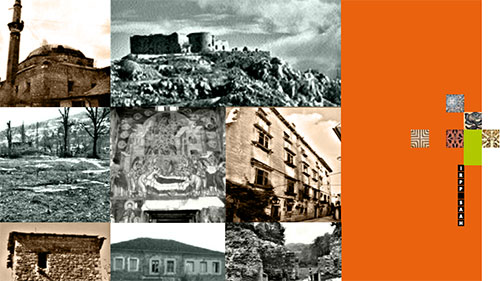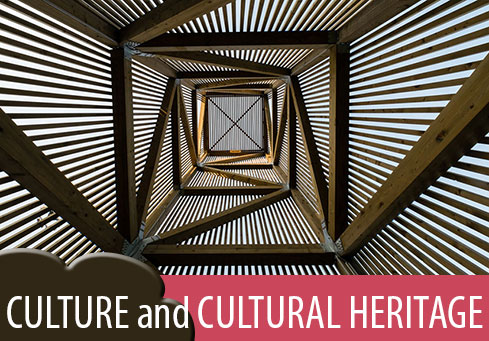Ljubljana Process: rehabilitating our common heritage

From 2011, the Regional Cooperation Council (RCC) took over responsibility for overseeing the process (Ljubljana Process II) through the Task Force on Culture and Society. The RCC enabled the political and financial sustainability of the permanent management structures.
The Ljubljana Process was developed in accordance with the spirit and letter of the Council of Europe Conventions of Granada (Architectural Heritage, 1985), Valletta (Archaeological Heritage, 1992), Florence (Landscape, 2000), and Faro (The Value of Cultural Heritage for Society, 2005). It mobilised and assisted cross-sector institutions and social stakeholders to develop monument- and site- rehabilitation projects so that they connected closely with their social and economic environments in order to secure external funding and investment.
The two major issues at stake were:
a. that historic places should be conserved to the highest standards;
b. that they are promoted in such a way as to maximise their contribution to the local economy without diminishing their cultural significance.
The rehabilitation projects helped to realise the historic environment’s potential to contribute to economic development, increase employment, stimulate prosperity, and enhance the quality of life. The leading idea is that heritage objects are assets, part of the solution to economic development rather than an obstacle to it. The rehabilitation process was based on the “IRPP/SAAH methodology”, which established a set of conceptual guidelines designed to bring about tangible benefits, both for local communities and for the fragile historic environment itself.
The Ljubljana Process, as trialled in South East Europe, offers several opportunities for being continued, potentially in most of the member states by applying the methodology and the tools available.
*All references to Kosovo, whether the territory, institutions or population, in this text shall be understood in full compliance with United Nation’s Security Council Resolution 1244 and without prejudice to the status of Kosovo.



